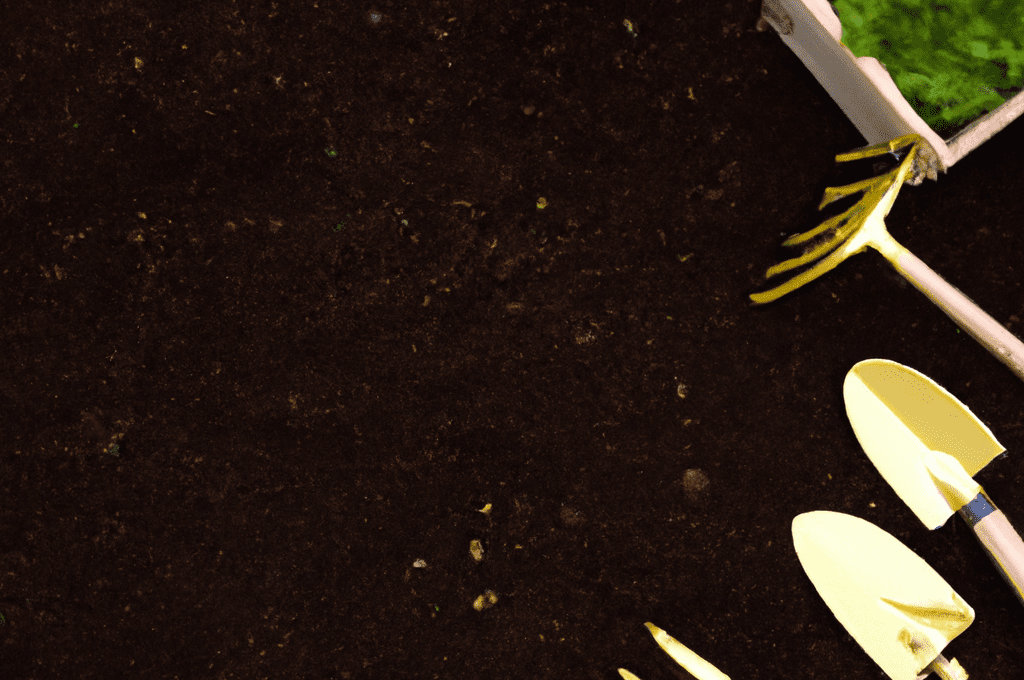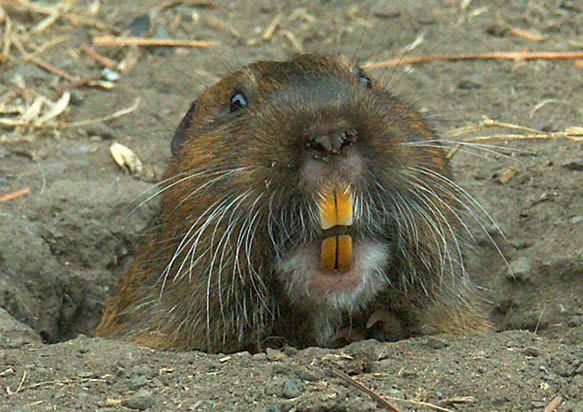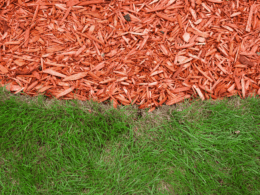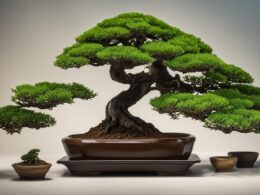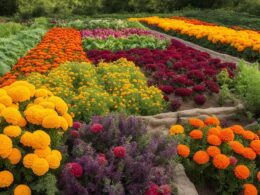Are you tired of overcrowded and underproductive gardens? Do you want to maximize your garden space and ensure a successful harvest? Knowing how many seeds to plant in each hole is crucial for achieving a bountiful yield.
It can be tempting to pack in as many seeds as possible, but overcrowding can lead to stunted growth and poor harvests. In this article, you will learn about seed planting recommendations, germination rates, and thinning down seedlings for optimal growth.
By following these tips and recommendations, you’ll be able to make the most of your garden space and increase your chances of a successful harvest. So, grab your gardening gloves and let’s get started on maximizing your garden space!
Quick Summary
- Planting multiple seeds in each hole and thinning down to one as seedlings come out can lead to success and maximize garden space.
- The number of seeds to plant depends on the germination rate of the chosen seed varieties.
- Understanding the germination rates of chosen seed varieties can increase the chances of a bountiful harvest.
- Thinning is necessary to ensure healthy plant growth, and spacing plants appropriately can lead to healthier plants and a more successful garden.
Seed Planting Recommendations
You should always aim for success when planting your garden, and one way to achieve this is by planting multiple seeds in each hole and thinning down to one as seedlings come out. The number of seeds you should plant will depend on the germination rate of the seed varieties you have chosen.
Keep in mind that seeds never have a 100% germination rate, so it’s usually recommended to plant 2-3 seeds per hole.
By understanding the germination rates of your chosen seed varieties, you can maximize your garden space and increase your chances of a bountiful harvest. For example, lettuce has an 80% success rate, while basil has an 80-95% success rate.
For carrots, it’s best to plant 2-3 per hole or sprinkle along a row and thin to one every 3-4 feet. Experiment with your specific seeds to determine how many to plant, and always follow the recommendations on the seed packets for depth and spacing.
How Many Seeds of Each Vegetable Should I Plant in My Garden?
Deciding how many seeds of each vegetable to plant in your garden can be a bit of a challenge. Factors like garden size, crop variety, and personal preferences play a role. However, guidelines suggest planning for a diverse harvest. Consider sowing a mix of 17 veggies to plant now, ensuring a bountiful and flavorful assortment for your garden. Experiment, adapt, and enjoy the process of growing your own produce.
Germination Rates and Thinning
Consider the germination rates and thinning recommendations when planting multiple seeds in each hole. It’s important to keep in mind that not all seeds have the same germination rate, meaning not all seeds will sprout. This is why it’s recommended to plant 2-3 seeds per hole.
You want to make sure that you have at least one seed that will grow into a healthy plant. However, planting too many seeds can lead to overcrowding and stunted growth. This is where thinning comes into play.
Once your plants have sprouted and started to grow, you’ll need to thin them out. The size of the plant will determine the distance between them. Small plants should be spaced 2-3 feet apart, while larger plants like squash or melons should be spaced a few feet apart.
Understanding the factors affecting germination and the importance of thinning will help ensure that your garden space is maximized and your plants have the best chance to thrive.
How Can I Ensure I’m Planting the Right Amount of Seeds in My Garden?
When gardening, troubleshooting seed problems is essential to ensure a successful harvest. To fix issues with planting the right amount of seeds in your garden, carefully follow the guidelines on the seed packet. Proper spacing and depth are crucial for optimal growth. Research specific plants for additional troubleshooting seed problems fix.
How Can I Maximize Garden Space if I Hire a Gardener to Help?
Hiring gardeners to help with your garden can maximize your garden space efficiently. Before hiring, compare gardeners’ charge rates to find the best deal. Once you find the right gardener, consult them on space-saving techniques to make the most of your garden area.
Additional Planting Tips
Experimenting with specific seeds to determine the optimal number to plant per hole can lead to healthier plants and a more successful garden. When planting herbs like basil, it’s recommended to plant multiple seeds per hole and thin down to one as the seedlings come out. This is because herbs tend to have lower germination rates, and planting more seeds increases the chances of success.
Moreover, when planting seeds, it’s essential to follow the recommended seed depth, which is usually no more than twice their width. This ensures that the seeds have enough space to grow and are not buried too deep, which can prevent them from germinating.
When it comes to planting carrots, it’s recommended to plant 2-3 seeds per hole or sprinkle them along the row and thin to one every 3-4′. For onions, it’s best to plant 5-8 seeds per hole or plant the entire set together if more than one sprouts.
Overall, experimenting with specific seeds, and following the recommended planting tips can help you maximize your garden space and grow healthy plants. Remember that when planting herbs, it’s crucial to plant multiple seeds per hole and follow the recommended seed depth, while for carrots and onions, planting 2-3 seeds per hole is ideal.
Frequently Asked Questions
What are some common mistakes to avoid when planting seeds?
When planting seeds, common mistakes to avoid include planting too deep, overwatering, and not thinning seedlings. Seed planting tips can help you maximize your garden yield and avoid these mistakes.
How do you know when it’s time to thin seedlings?
When seedlings have grown to a few inches tall, it’s time to thin them out. This ensures proper garden spacing and allows for healthy seedling growth. Remove the weakest seedlings, leaving the strongest ones to thrive.
Can some types of seeds be planted deeper than others?
When planting seeds, it’s important to consider the recommended planting depth. Some seeds can be planted deeper than others, but this can affect seedling growth rates. Follow seed packet instructions for best results.
Are there any techniques for improving germination rates?
Improve germination rates by preparing soil with compost and ensuring proper moisture levels. Some seeds may benefit from scarification, a process of breaking down the seed coat, to encourage faster and more successful germination.
What are some common pests that can damage seedlings, and how can they be prevented?
Prevent pest infestation by using natural pest control methods. Common pests that can damage seedlings include aphids, slugs, and cutworms. Use companion planting, row covers, and beneficial insects to deter them.





